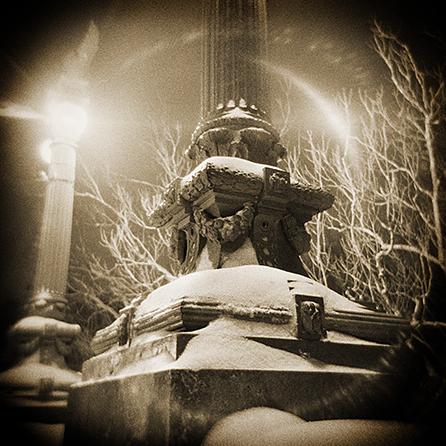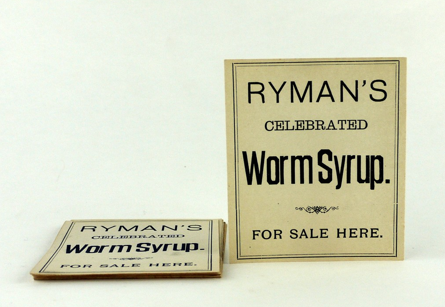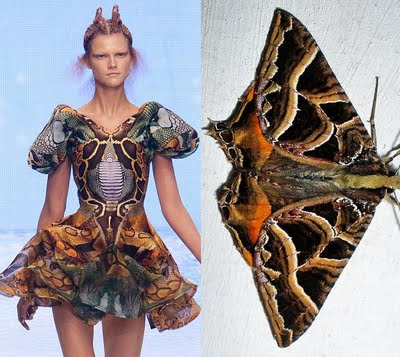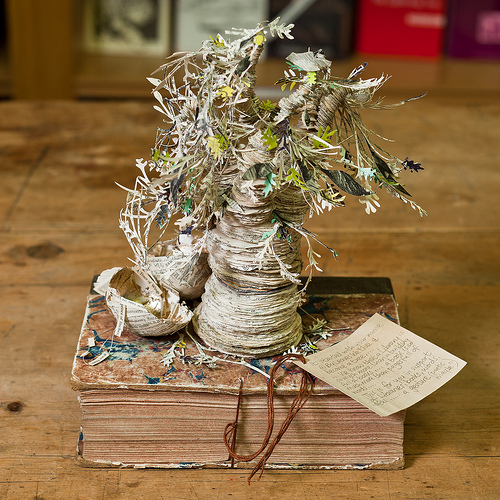A clever little article in JAMA, written by Gurpreet Dhaliwal, suggests that diagnosticians should admire not House, MD, but rather NPR’s Car Talk mechanics, Click and Clack:
Car Talk, like most forms of technology and media, offers advantages and conveniences that supplement those trainee-patient-teacher interactions. First, podcasting makes the lessons of reasoning available anytime, anywhere to the student. Second, in a given afternoon in clinic or admitting cycle on the wards, we are pleased to have the student see one or two undifferentiated cases where their own thinking and that of their teachers can be put to the test. Car Talk presents six or more problem-solving encounters in one hour each week. Finally, the disentanglement from medical facts allows the student of reasoning to observe the process rather than obsess over the content (consider if this were a medical call-in show Body Talk: “My husband makes this terrible noise . . . â€). (source)
I once showed an episode of House, MD to my Introduction to the Natural Sciences class as an illustration of the scientific method (we discussed how it both was and wasn’t a fair representation of science — mostly it wasn’t. Nor, incidentally, was the Sherlock Holmes story we read). Obviously, the irascible, manipulative, drug-seeking Dr. House is not a model I wanted my pre-med students to emulate. But the thing about House that charms and fascinates (and that I wanted my students to notice) is his delight in intellectual curiosity. He takes childlike pleasure in figuring things out; it’s the one aspect of his life which is self-sustaining, in which he needs neither a drug nor a crutch. And that curiosity is at least one characteristic of Dr. House that we should hope physicians do cultivate — because curiosity is essential to keep investigators (in science, law enforcement, or medicine) motivated in the face of puzzlement and frequent failure.
So there’s one reason to admire Dr. House — even if only one. But there’s also a big problem with using Click and Clack as a model for diagnosis. It’s a problem we have totally failed to grapple with as a society: the skyrocketing cost of diagnosis and treatment. Click and Clack can be honest with a caller that their twenty-year-old car, nearing 250K miles, is simply not worth further diagnosis/treatment. It’s often easier and cheaper to simply replace the car, and it’s to their credit that they say so. But a physician obviously can’t make the same financial tradeoff for a patient.





